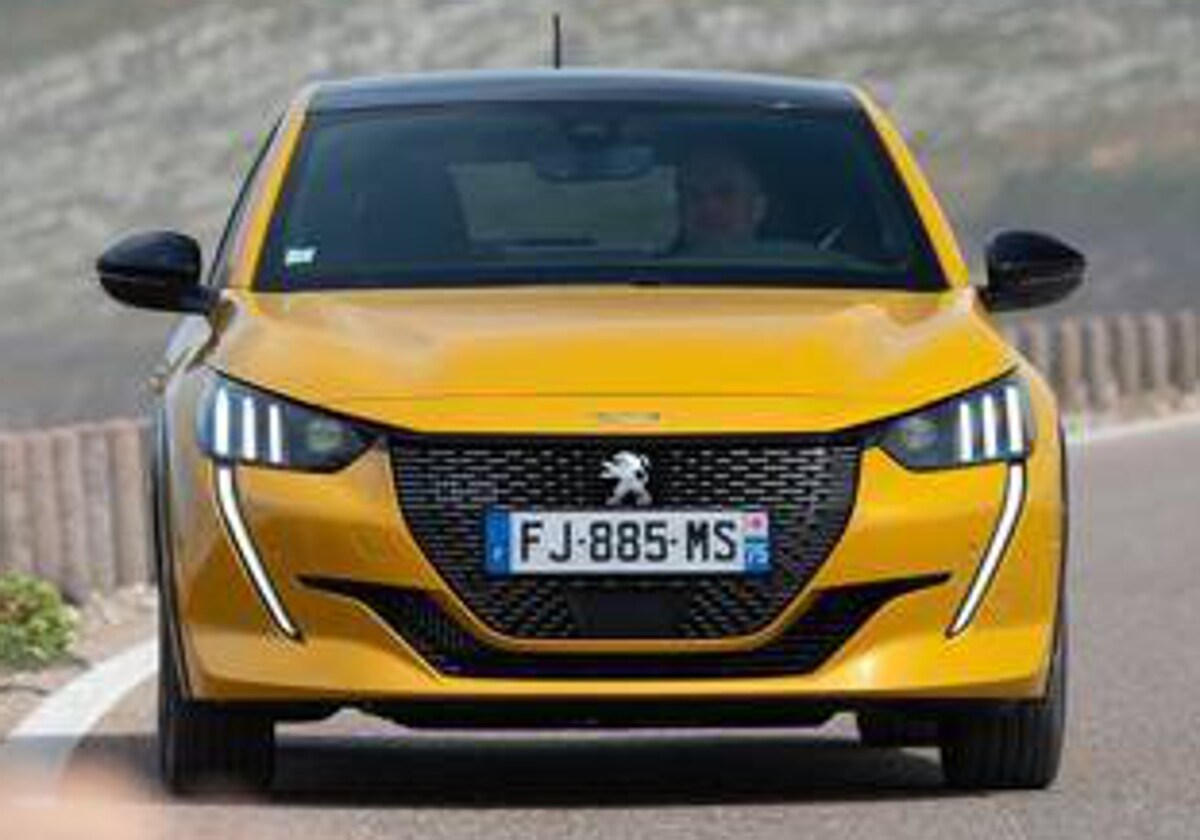The European directive requires all mobile phones (Android and Apple), tablets, digital cameras, headphones, e-books, keyboards, mice, video game consoles, speakers and navigation systems to contain a single USB-C charger.
The USB-C charger will be the only one allowed from tomorrow, Saturday, in a wide range of electronic devices sold in the European Union (EU), at the end of the two-year adaptation period to European law which aims to reduce the amount of electronic waste and simplify the lives of consumers.
Member States had until December 28 to apply the European directive that obliges everyone mobile phones, tablets, digital cameras, headphones, e-books, keyboards, mice, video game consoles, speakers And navigation systems contain a single charger, USB-C type.
The laptops They have until April 28, 2026 to comply with the regulations.
The directive also harmonizes fast charging requirements and gives consumers the option not to receive a new charger with every device purchase.
Manufacturers will need to update their packaging to clearly display information about charging features and what is included with each purchase.
These regulations therefore make it possible to reduce the so-called ‘technological lock-in’, whereby a consumer becomes tied to a specific manufacturer when purchasing one of his devices.
He The purpose of this law is threefold: ensuring convenience for consumers, reducing electronic waste and preventing fragmentation of the charging devices market, according to the text of the directive.
The system in place until now, with USB 2.0 Micro B, USB-C and Lightning (exclusive to Apple) sharing space thanks to a 2009 voluntary agreement, still contributed to generating up to 11,000 tons of electronics per year According to European Commission estimates.
The regulations aim to reduce this figure by allowing consumers buy new electronic devices without having to purchase an additional chargerwhich one will save to citizens 250 million euros annually about unnecessary chargers.
This law is part of a broader EU strategy aimed at this reduce electronic waste and inform consumers so they can make more sustainable decisions, promoting a circular economy.
In addition to reducing electronic waste generated by the sale of radio equipment, the regulations are also intended reduce the extraction of raw materials and CO2 emissions generated from charger manufacturing, transportation and disposal.
“We will closely monitor how manufacturers adapt to these changes and we look forward to the (European) Commission’s studies on the evolution of wireless charging and future disaggregation requirements,” the President of the Commission for the Internal Market said on Friday in the European Parliament. Anna Cavazzini.
For this Green MEP, “ensuring consumers have the tools to continue making smart and sustainable decisions as the market evolves is crucial.”
The directive, whose implementation is mandatory from tomorrow, came into force on December 27, 2022 and since then manufacturers have had two years to implement it.
Source: EITB
I am Mary Fitzgerald, a professional journalist and author of the Today Times Live. My specialty is in writing and reporting on technology-related topics. I have spent the last seven years extensively researching and understanding the field of technology so I can properly inform my readers about developments in this ever-evolving world.



